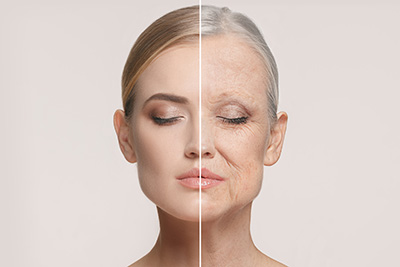
A large long-term human health study in New Zealand published in the Proceedings of the National Academy of Sciences finds people age at different rates. In addition, adults who look older than their years may be aging at an accelerated pace. The international research group followed 954 people from the same town in New Zealand who were all born in 1972-73.
Scientists drew up a list of 18 biological markers that together reflect a person’s biological age. They included measures of kidney and liver function, cholesterol levels, cardiovascular fitness and the lengths of telomeres, which are protective caps that sit on the ends of chromosomes. The study also measured dental health and the condition of the tiny blood vessels at the back of the eyes, which are a proxy for the brain’s blood vessels.
The set of markers were measured when the volunteers were aged 26, then 32, and finally at the age of 38. The researchers then looked to see how much the markers changed over time, to determine a pace of aging. It was found that for most young adults, biological age proceeds in sync with chronological age. However, the aging process isn’t all genetic; there’s a great deal of environmental influence as well.
The biologically older people also reported more difficulties with activities like walking up the stairs and/ or carrying groceries. Already, before midlife, individuals who were aging more rapidly were less physically able, showed a cognitive decline, brain aging, self-reported worse health and looked older. A clear relationship between looking older on the outside and aging faster on the inside.
Most people think of the aging process as something that happens late in life, but signs of aging were already apparent in these tests over the 12 years of young adulthood: from 26 to 38. The researchers said it was unexpected to find such differences so early, but that the findings could help trial methods for slowing the pace of aging and ultimately have implications for medicine.
The ultimate goal is to target aging instead of the multiple separate diseases that people are increasingly likely to develop as they age.
Reference: Quantification of biological aging in young adults 10.1073/pnas.1506264112 PNAS July 6, 2015